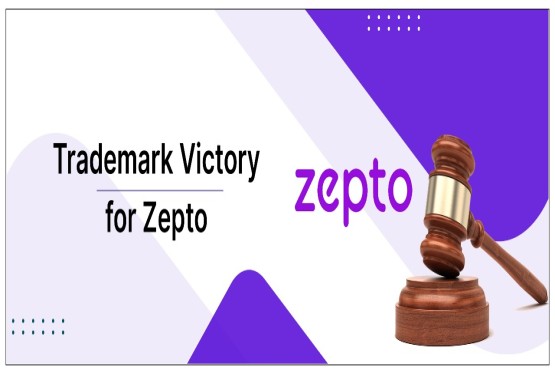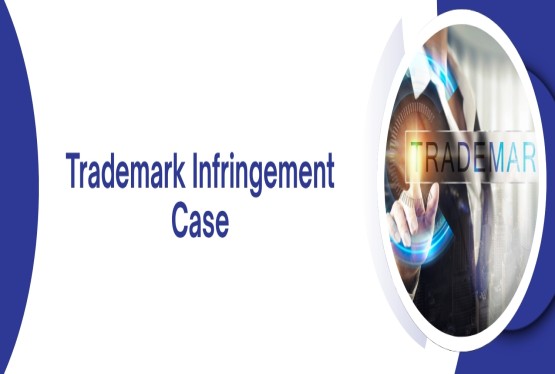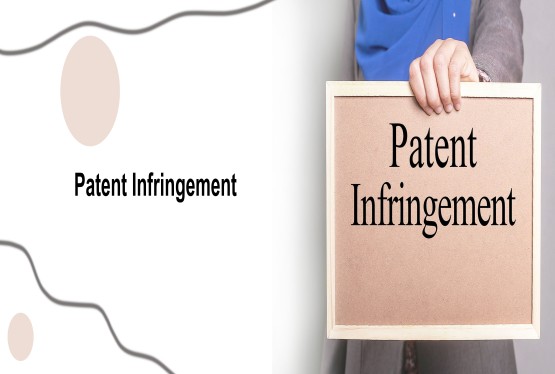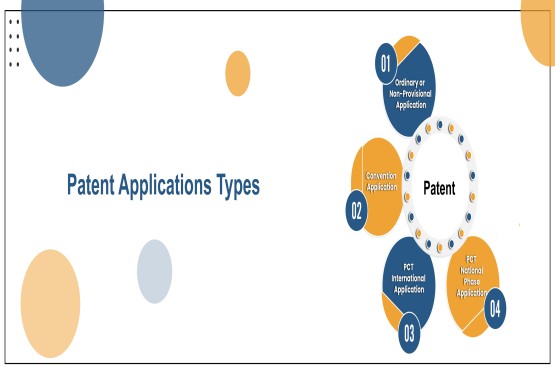Trademark Class 16 is one of the most widely used classes under the Nice Classification system, covering a broad range of goods that include paper, printed materials, stationery, office supplies, and educational materials. Businesses involved in the production, sale, or distribution of these items rely on trademarks to protect their brand identity and distinguish their products in the marketplace. In India, the Trademark registration and protection of trademarks are governed by the Trade Marks Act, 1999, which provides a legal framework for ensuring that companies can secure exclusive rights to their marks. This article explores Trademark Class 16 in India, its relevant statutory provisions, key precedents, and the registration process.
Overview of Trademark Class 16
Class 16 primarily consists of goods related to paper and printed materials, which are widely used across various industries, from education to publishing and office supply. The items covered under Class 16 include:
1. Paper Products: This includes items such as writing paper, cardboard, paper bags, paper tissues, and other paper-based goods.
2. Printed Materials: Books, newspapers, magazines, brochures, posters, catalogs, printed educational materials, and other forms of printed media.
3. Stationery: Writing instruments, notebooks, pens, pencils, diaries, planners, and office supplies such as staplers, paper clips, and other accessories.
4. Adhesives and Glues: Products related to adhesives that are used for stationery purposes, such as glue sticks, liquid adhesives, and other products that help in binding paper.
5. Office Supplies: Products used in office environments, such as files, folders, binders, and envelopes.
As this class includes products that are often used in daily life, trademark protection in Class 16 ensures that businesses can distinguish their products in a crowded market and prevent counterfeiting or unauthorized use of their marks.
Legal Framework: The Trade Marks Act, 1999
In India, the registration and protection of trademarks are primarily governed by the Trade Marks Act, 1999, which provides a robust legal framework for businesses seeking to protect their intellectual property. The following provisions of the Trade Marks Act are particularly relevant for businesses in Class 16:
(a) Section 2(1)(zb): Defines "trade mark" as any mark capable of distinguishing the goods or services of one person from those of another. This definition is broad enough to cover any graphical representation, word, symbol, or combination thereof, which is distinctive and capable of distinguishing a brand of paper products, stationery, or printed materials.
(b) Section 9: Deals with the absolute grounds for refusal of trademark registration. This includes the refusal of marks that are devoid of distinctive character or are purely descriptive. For example, a trademark such as "Premium Paper" may be refused under this section unless the mark has acquired distinctiveness through use.
(c) Section 11: Provides for the refusal of a trademark application on relative grounds if there is an earlier conflicting trademark that may lead to consumer confusion. This provision ensures that no mark in Class 16 infringes upon an existing brand, which is especially important in an industry where many trademarks may appear visually or phonetically similar.
(d) Section 18: Governs the procedure for filing a trademark application. It outlines the requirement for applicants to provide detailed descriptions of the goods they intend to cover under the trademark, ensuring that the scope of protection is clear. In Class 16, applicants must specify the exact nature of the paper products, printed materials, or stationery items they wish to protect.
(e) Section 32: Provides the registered trademark holder with exclusive rights to use their trademark in connection with the designated goods. This provision ensures that businesses in Class 16, such as stationery companies or publishers, can prevent others from using a similar mark on identical or related goods without permission.
Trademark Registration Process for Class 16 Goods
The process for registering a trademark under Class 16 involves several key steps, which are outlined in the Trade Marks Act, 1999. Here is an overview of the steps involved in registering a trademark for goods under this class:
(a) Step 1: Filing the Application: The process begins with the filing of a trademark application with the Office of the Controller General of Patents, Designs, and Trade Marks (CGPDTM). The application must include a clear representation of the mark and a description of the goods it covers. In the case of Class 16, the applicant must list the specific items, such as paper, printed books, pens, or stationery, under which the trademark will be used.
(b) Step 2: Examination of the Application: Once the application is filed, the Registrar of Trademarks examines it for compliance with the Trade Marks Act. The examination focuses on the distinctiveness of the mark, potential conflicts with existing registered trademarks, and the overall legality of the mark. If the mark is found to be non-distinctive or descriptive, the Registrar may issue an objection.
(c) Step 3: Publication in the Trade Marks Journal: After the examination, the trademark application is published in the Trade Marks Journal. The publication allows third parties to file an opposition if they believe that the trademark infringement upon their existing rights. The opposition process may include hearings and evidence submission before the Registrar.
(d) Step 4: Opposition (If Any): If an opposition is filed, the applicant must respond, and the matter may be adjudicated in a hearing. The opposition procedure allows the applicant to defend their mark and present evidence that it is distinct and not likely to cause confusion with an existing mark.
(e) Step 5: Registration: If no opposition is filed or if the opposition is resolved in favor of the applicant, the trademark is registered. The applicant is granted exclusive rights to use the mark in connection with the goods in Class 16.
Key Precedents in Indian Trademark Law
Indian judicial decisions play an essential role in interpreting and enforcing trademark law, and several precedents have shaped the application of the Trade Marks Act, 1999, particularly for Class 16 goods. Here are some important precedents in this area:
a) Revlon v. Gujarat Trading Co. (2006)
In this case, the Delhi High Court dealt with the issue of brand confusion and the scope of protection available to a registered trademark in Class 16. Revlon, a famous cosmetic and stationery brand, argued that the use of a similar name for a stationery product amounted to passing off. The court ruled in favor of Revlon, emphasizing that even in the stationery sector, where products can be quite varied, companies must ensure that their trademarks do not infringe upon the rights of existing registered marks.
b) Indian Acrylics Ltd. v. Jindal Polyester Ltd. (1999)
This case concerned a dispute over the use of the trademark "Acrylic" for goods, including stationery and paper-based products. The Delhi High Court held that the mark "Acrylic" was descriptive of the type of product and could not be granted trademark protection unless the applicant demonstrated that the mark had acquired distinctiveness through substantial use over time. This case illustrates the importance of distinctiveness in obtaining trademark protection for goods under Class 16.
c) Eicher Motors Ltd. v. Haldex AB (2004)
Though this case primarily concerned automotive trademarks, it is relevant for Class 16 goods, particularly when it comes to enforcing rights against competing brands. The court emphasized that businesses could claim relief under trademark law if a competitor's goods were deceptively similar and could confuse the public. This principle is applicable in the stationery and paper goods sector, where companies must ensure that their trademarks do not cause confusion among consumers.
Challenges in Trademark Registration for Class 16 Goods
While the Trade Marks Act, 1999 provides strong protection for trademarks in Class 16, businesses in this sector face several challenges:
-
Descriptive Marks: Many goods in Class 16 are described using common terms (e.g., “writing paper,” “pens,” “stationery”). These marks may not be eligible for registration unless they have acquired distinctiveness or are used in a unique way.
-
Overlapping Goods: Since many products under Class 16, such as paper and stationery, overlap with other classes, businesses must be cautious to ensure that their trademarks are not too broad or conflicting with other registered trademarks.
-
International Protection: For companies in Class 16 seeking to expand internationally, navigating the complexities of trademark laws across jurisdictions can be difficult. India’s adherence to international agreements like the Paris Convention and the TRIPS Agreement helps businesses, but global trademark protection remains challenging.
Conclusion
Trademark protection for paper products, stationery, printed materials, and office supplies under Class 16 is crucial for maintaining brand identity and consumer trust in the market. The Trade Marks Act, 1999 provides businesses with a comprehensive legal framework for protecting their intellectual property. Indian case law emphasizes the importance of distinctiveness, the risk of consumer confusion, and the need for clear, non-descriptive marks. While businesses in this sector face challenges such as proving distinctiveness and navigating competition, a well-registered trademark in Class 16 can provide significant advantages in terms of market protection and brand recognition.






























_(b)_of_the_Trademark_Act,_1999_(1)_crop10_thumb.jpg)



_crop10_thumb.jpg)




























_crop10_thumb.jpg)
_crop10_thumb.jpg)






_crop10_thumb.jpg)








_crop10_thumb.jpg)



_crop10_thumb.jpg)





























_crop10_thumb.jpg)

















_crop10_thumb.jpg)






_crop10_thumb.jpg)











































































































































_crop10_thumb.jpg)




































_crop10_thumb.jpg)












_crop10_thumb.jpg)















































_crop10_thumb.jpg)













































































